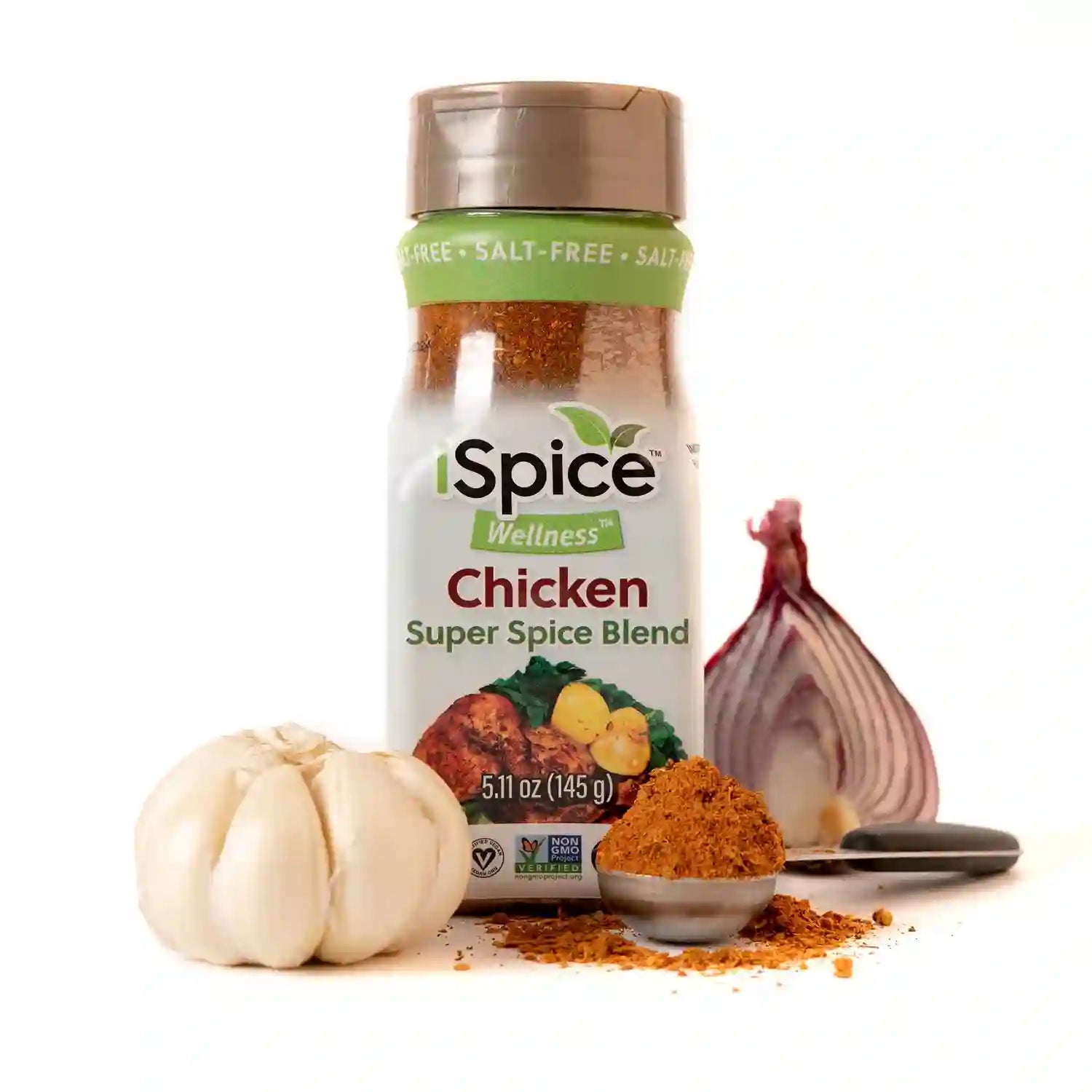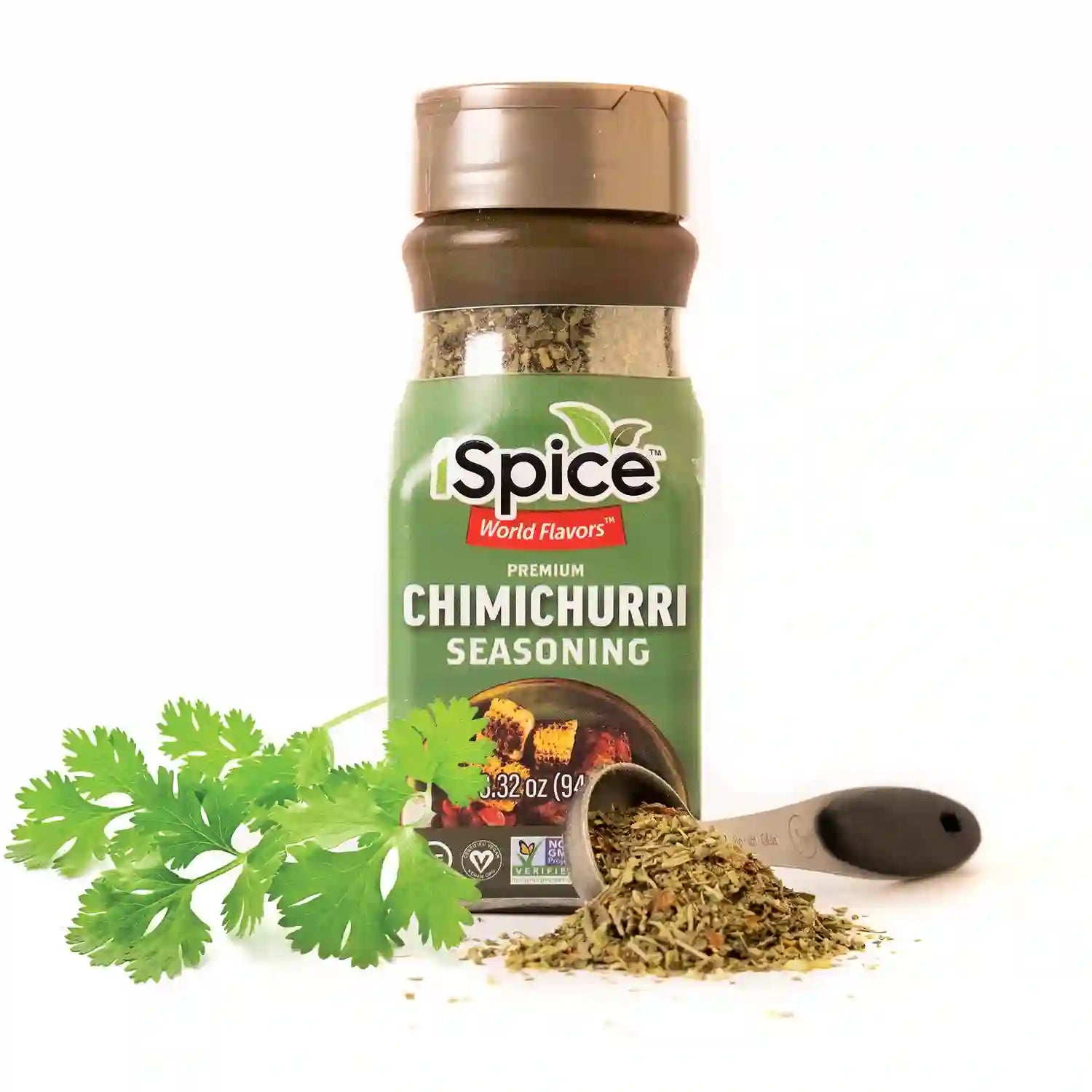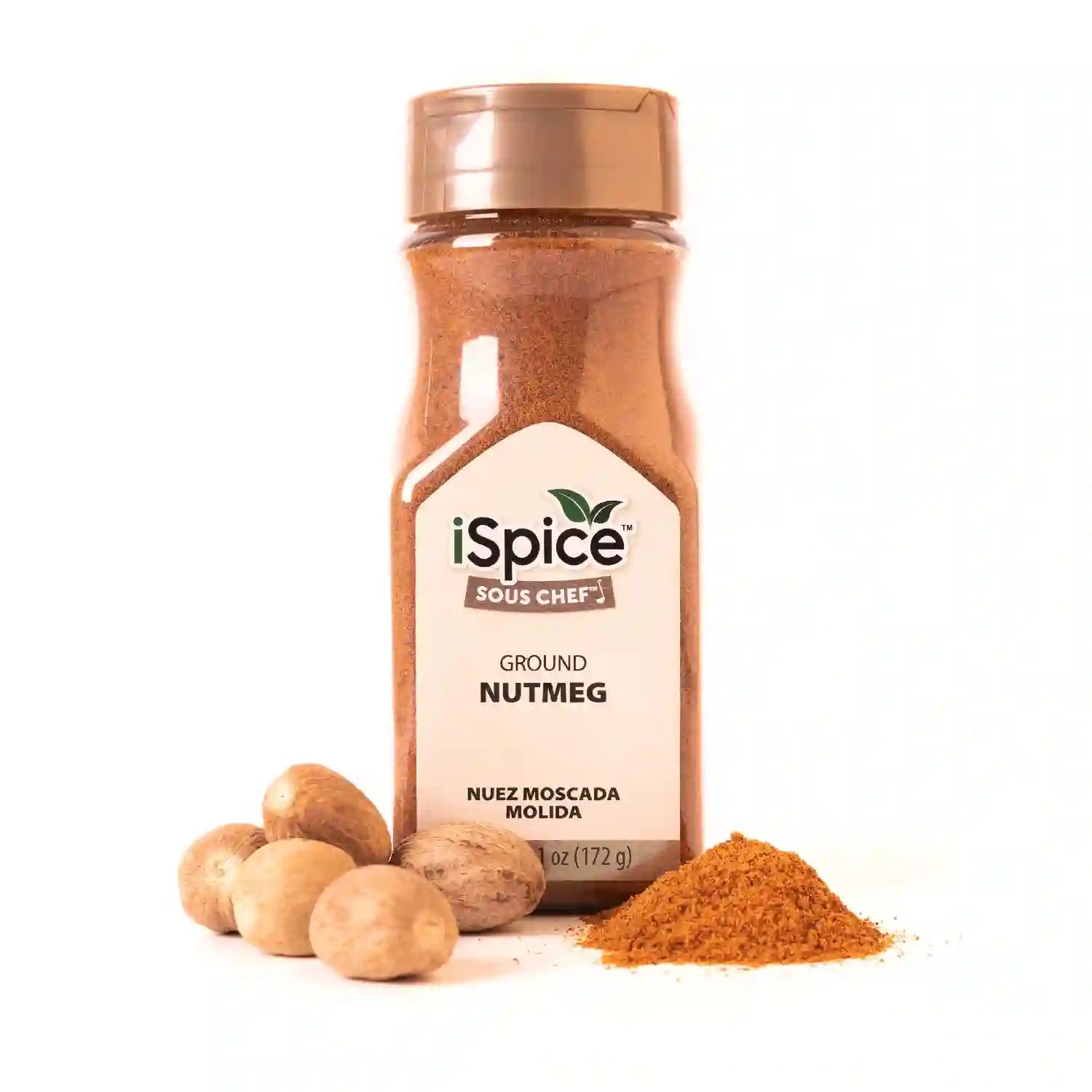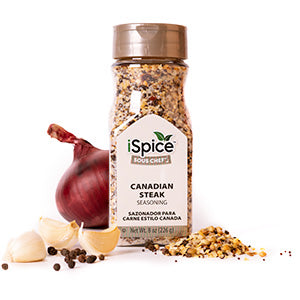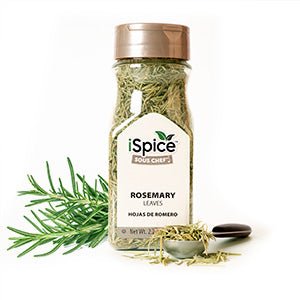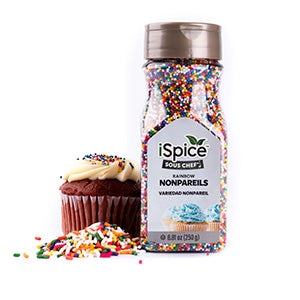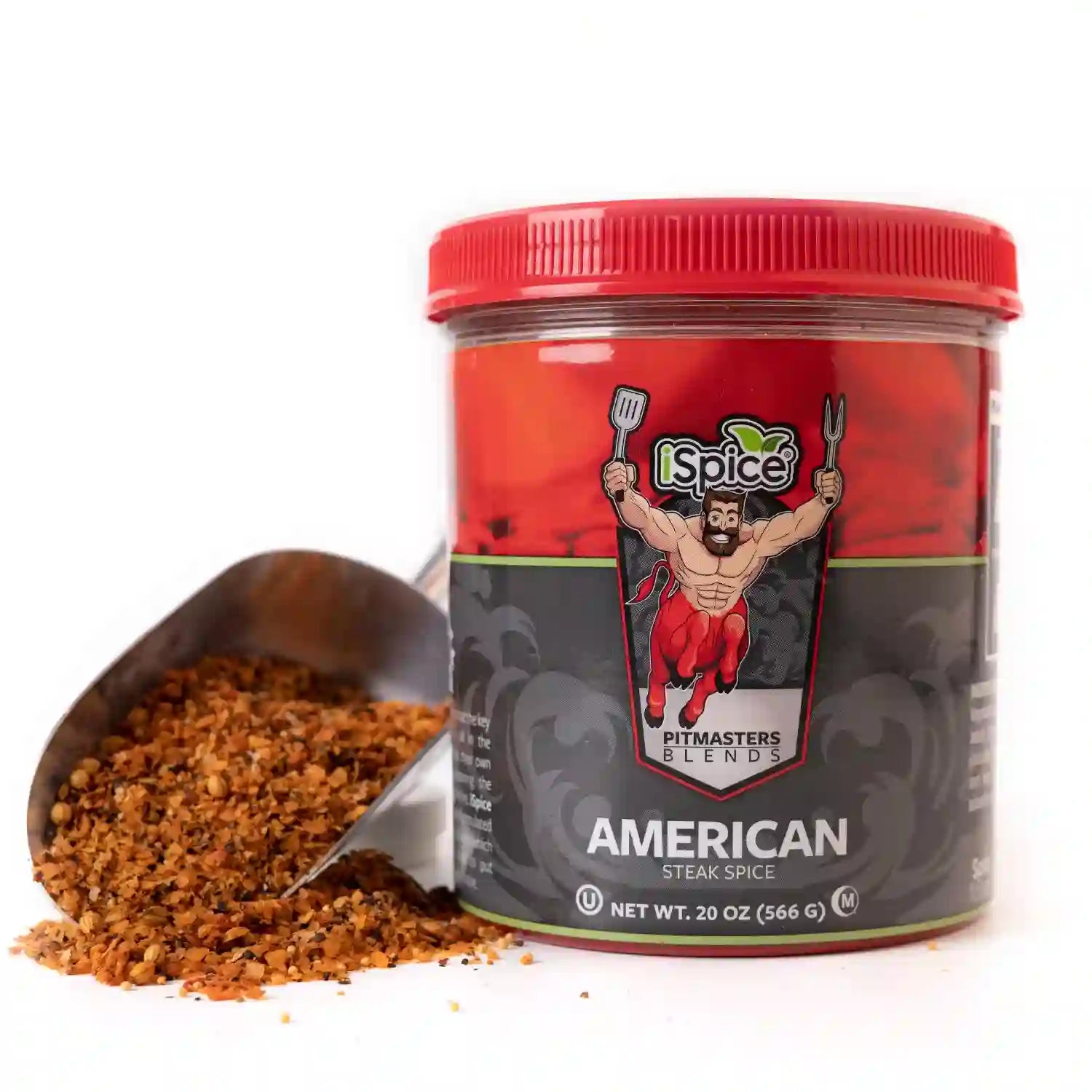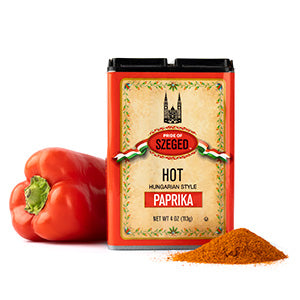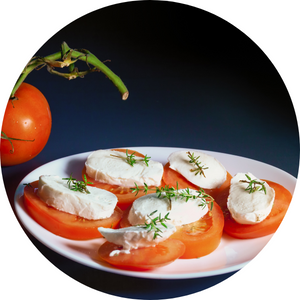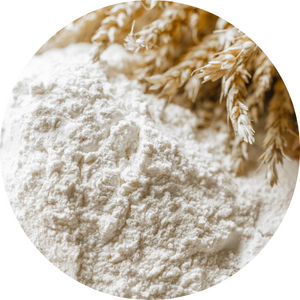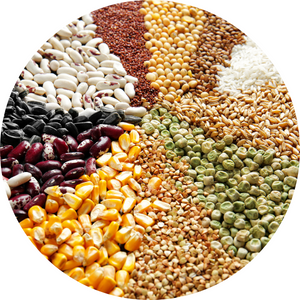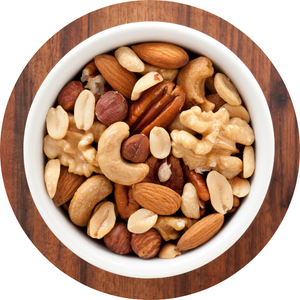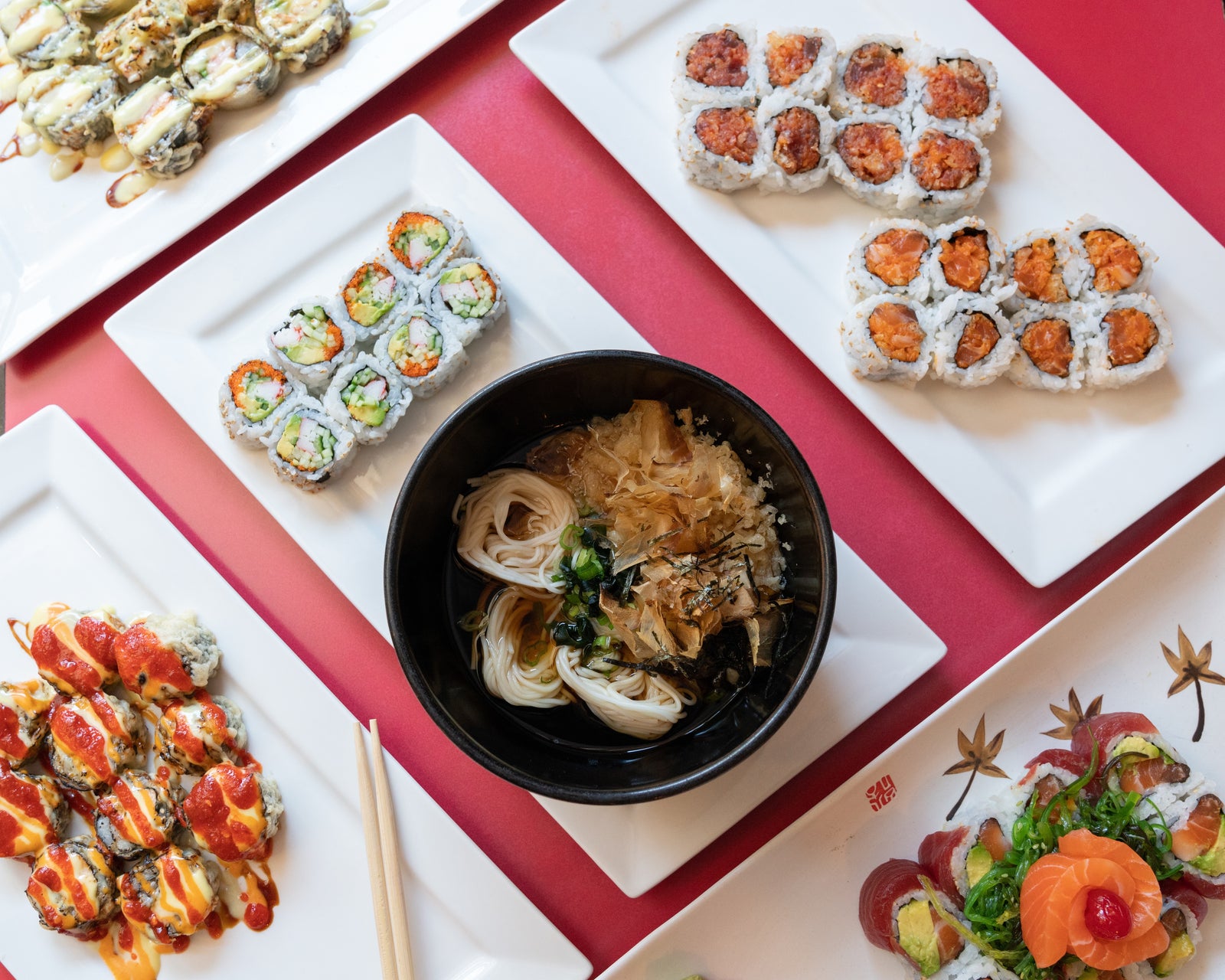
Plant-based meals are more popular than ever, but the key to making them truly satisfying lies in how you season them. Spices and herbs bring life, depth, and aroma to plant-based proteins like tofu, lentils, chickpeas, tempeh, and beans. With the right blend of seasonings, these ingredients can rival any traditional dish in taste and complexity.
Using spices strategically doesn’t just mask blandness—it enhances the natural qualities of plant-based proteins and makes them the star of your meal.
Why Spices Are Essential in Plant-Based Cooking
Plant-based proteins often have mild or neutral flavors, making them the perfect canvas for spices and herbs. Spices add character, depth, and balance by stimulating the senses and complementing the texture of ingredients.
From smoky and spicy to earthy and aromatic, each spice family can create an entirely new flavor experience. The goal is not to imitate meat but to create satisfying, well-rounded flavor profiles through smart seasoning.
Top Spices to Use with Plant-Based Proteins
1. Cumin
Cumin adds warmth and depth to lentils, beans, and tofu. It works well in curries, chili, and roasted vegetable dishes.
2. Paprika
Both sweet and smoked paprika add color and a mild, smoky sweetness. Perfect for chickpeas, seitan, and tempeh.
3. Turmeric
A staple in many cuisines, turmeric lends a golden hue and subtle earthy flavor to soups, rice bowls, and tofu scrambles.
4. Coriander
Ground coriander offers a citrusy, slightly nutty note that pairs beautifully with chickpeas, lentils, and vegetables.
5. Ginger
Ginger brightens up stir-fries and curries, adding a refreshing bite that balances heavier plant proteins.
6. Garlic Powder
A must-have for marinades and rubs, garlic powder enhances savory depth in burgers, roasted beans, and veggie-based stews.
7. Chili Powder or Flakes
For those who love heat, chili adds kick and complexity to tacos, grain bowls, and soups.
8. Curry Powder
A versatile mix of spices like turmeric, coriander, and cumin that instantly elevates tofu, tempeh, and legume-based dishes.
9. Oregano and Thyme
These Mediterranean herbs complement tomato-based sauces and lentil dishes with earthy and aromatic notes.
10. Cinnamon and Clove
A touch of warm spice can enhance savory plant-based stews, especially those with beans, squash, or sweet potatoes.
Techniques for Adding Spices to Plant-Based Proteins
1. Marinate Before Cooking
Marinating tofu, tempeh, or seitan with spices, herbs, and a little oil or soy sauce helps infuse flavor throughout. Allow at least 30 minutes before cooking.
2. Bloom Spices in Oil
Before adding ingredients to your pan, warm spices like cumin, curry powder, or paprika in oil to unlock their aroma and intensity.
3. Layer Seasonings
Add spices in stages: start with base flavors like garlic or onion powder, then finish with fresh herbs or a dash of chili for brightness.
4. Use Spice Rubs and Blends
Mix your favorite spices into dry rubs for roasting chickpeas, grilling tofu, or seasoning vegetable patties.
5. Finish with Fresh Herbs
Cilantro, parsley, or basil add color and freshness right before serving, enhancing both taste and presentation.
Flavor Combinations to Try
-
Tofu Stir-Fry: Soy sauce, ginger, garlic, and chili flakes.
-
Lentil Curry: Turmeric, cumin, coriander, and paprika.
-
Chickpea Wrap: Smoked paprika, oregano, and lemon zest.
-
Tempeh Tacos: Chili powder, cumin, and lime juice.
-
Black Bean Soup: Cumin, garlic, and bay leaf.
Experimenting with these blends can turn simple plant-based proteins into flavorful, satisfying dishes that appeal to everyone.
Frequently Asked Questions About Using Spices in Plant-Based Cooking
1. How can I make plant-based proteins taste better?
Use bold spices like cumin, paprika, garlic, and chili to enhance flavor. Marinating or cooking with spice blends helps absorb seasoning deeply.
2. What are the best spices for tofu or tempeh?
Curry powder, smoked paprika, ginger, and soy sauce-based marinades work best for these proteins.
3. Do I need to use oil to cook spices?
Lightly heating spices in oil helps release their aromatic compounds and enhances flavor, but you can also use vegetable broth for oil-free cooking.
4. Can I use pre-made spice blends for plant-based meals?
Yes. Blends like taco seasoning, curry powder, or Mediterranean herb mixes are excellent shortcuts for quick flavor.
5. How do I prevent my plant-based dishes from tasting bland?
Layer spices at different cooking stages, balance flavors with acid (like lemon juice or vinegar), and finish with herbs or salt to round out taste.
6. Are herbs as important as spices in plant-based cooking?
Absolutely. Herbs add freshness and brightness that complement the boldness of spices, creating balanced and flavorful dishes.
Final Thoughts
Spices and herbs are the foundation of flavorful plant-based cooking. They turn simple proteins into vibrant, satisfying dishes full of aroma and depth. Whether you’re experimenting with tofu, lentils, or beans, learning how to combine and layer spices can transform your meals into something extraordinary. Keep your spice cabinet stocked, explore new flavor combinations, and let your creativity lead the way in the kitchen.

